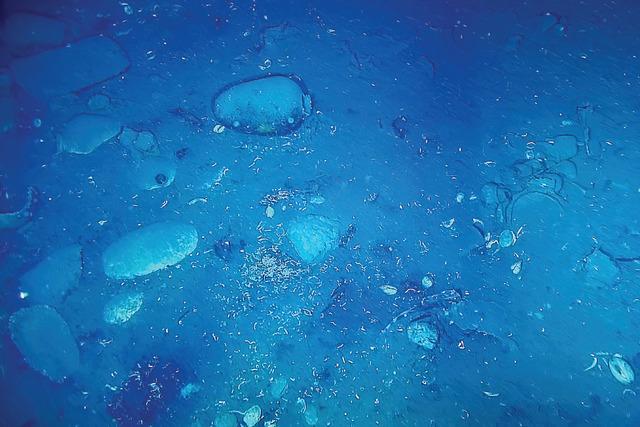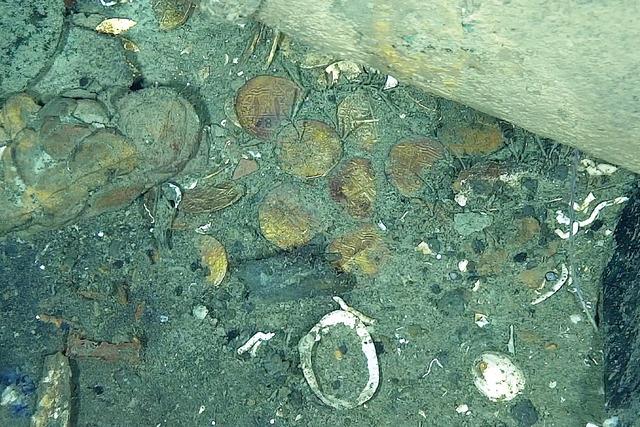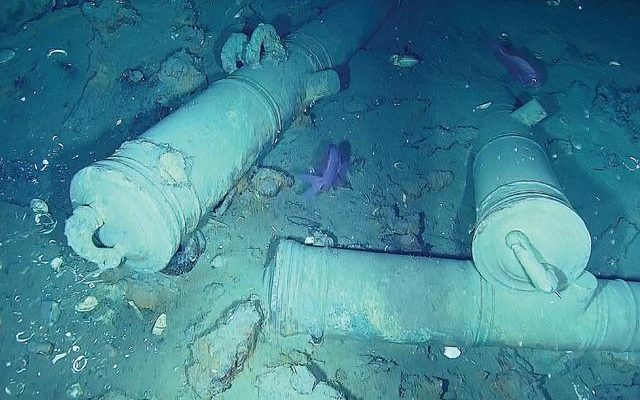The Spanish ship San José, sunk by the British in 1708, was carrying gold, silver and emeralds. The sunken shipwreck’s final resting place on the Caribbean Sea bed was discovered in 2015 but was kept secret to prevent pirates and treasure hunters from sailing.
A rescue team from Colombia plans to dive to find the jewels in April 2024. The wreck is 609 meters below sea level, too deep for human divers to reach. So scientists are assembling a team of robots that they can send down to prepare the ship for retreat to the surface.
THERE IS A DISPUTE OVER
The massive haul is at the center of a long-running international property dispute. However, Colombian authorities are now putting these claims aside in order to “access historical and archaeological information on the ground.”
Alhena Caicedo, director of the Colombian Institute of Anthropology and History, said: “There was a persistent opinion that the galleon was a treasure chest. We are not thinking about the treasure. We are thinking about how to access the historical and archaeological information at the site.” said.
Eventually, Caicedo’s team hopes to display it in a specially built museum where visitors can discover “all the secrets of the ocean bottom.”
The San José was returning to Europe loaded with valuables to help finance the war of Spanish succession when it was sunk by a British fleet near the Caribbean port city of Cartagena in Colombia.
But few ships were rescued like the San José, and none could be rescued from the warm tropical waters. “This is a huge challenge and not a project with many examples. In a way, we are pioneers,” Caideco said. said.

IT WILL BE REMOVED AFTER UNDERWATER INSPECTIONS ARE COMPLETED
The country’s military is currently developing underwater robots that will photograph, video and map the wreckage before attempting any rescue. The rescue operation was postponed due to international litigation over who the real owner of the ship was.
Although the wreck was found in Colombian waters, Spain maintained that the San José was part of its own fleet and returned from its then-imperial state.
American salvage company Sea Search Armada, which said it found the wreck, claimed Colombia had agreed to share any profits. However, a US court declared the galleon the property of Colombia.

